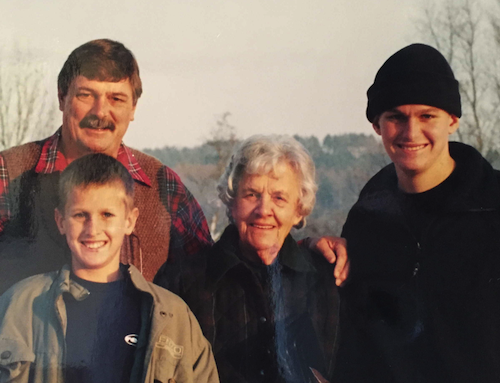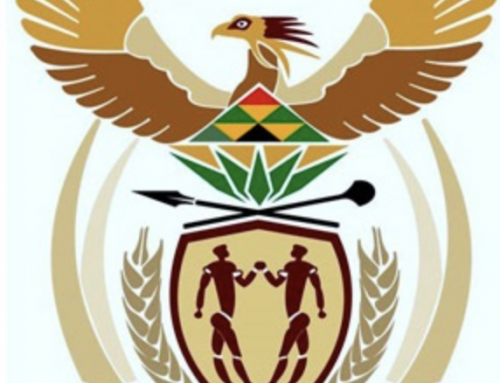A Death Notice is the official documentation handed to the Master of the High Court whose office has jurisdiction over the estate. It is used for informing the Master whether the deceased had assets, property or possessions to be passed on to heirs or claimants such as creditors, providing names of potential heirs, supplying the Master with details of where the deceased resided at the time of death and informing the Master whether the person reporting on the death is qualified to do so. You can either search for death notices or deceased estate reference at the National Archives of South Africa or you can Search for death notice references here.
The Death Notice contains fields for the following information: (See death notice image here)
Surname of Deceased
- Full first names
- Identity number
- Nationality
- Age
- Occupation
- Ordinary place(s) of residence during the 12 months prior to death and the Province(s).
- Date of birth
- Place of birth
- Date of death
- Has the deceased left a will?
- Marital status at time of death
- If married, place where married
- Full names of surviving spouse and his/her occupation
- State whether marriage was in or out of community of property/whether accrual system is applicable
-
- (a) Name(s) of predeceased spouse(s) and/or divorced spouse(s) (state opposite name of each whether predeceased or divorced)
(b) Date of death of predeceased spouse(s)
-
- Master’s office(s) where predeceased estate(s) is/are registered and number(s) of estate(s), if available.
- Full names of children of deceased (state whether major or minor or predeceased and in the latter event, whether they left issue and, if that be the case, the full names of such issue)
- Names of parents of deceased (state whether parents alive or deceased).
-
- (a) Father (b) Mother
Name and address of person signing the death notice.
-
- Dated at ……. the ……. day
- Signature ………….
- Capacity………………
One must bear in mind that when a person dies, the family is distraught and one of the members of the family will normally be the person filling in the Death Notice. Expect errors in the information given. If a child has died before his/her parents, the child may not always be listed. The same applies if the deceased has been married more than once — the first spouse is sometimes omitted. If a neighbour or friend filled in the form, they would not necessarily know who the deceased’s parents were, but sometimes guess. Sometimes the death notice states a female’s surname as her maiden name (especially in Afrikaans families), even though she is married. People also tended to lie about their ages or sometimes do not know when and where they were born. Please remember that a death notice could either be perfect, semi-perfect or completely inaccurate and could send you on the wrong trail in tracing your ancestors. Make sure that you have other resources to complement and verify this information.When and where a person died will determine where their deceased estate papers are housed.





